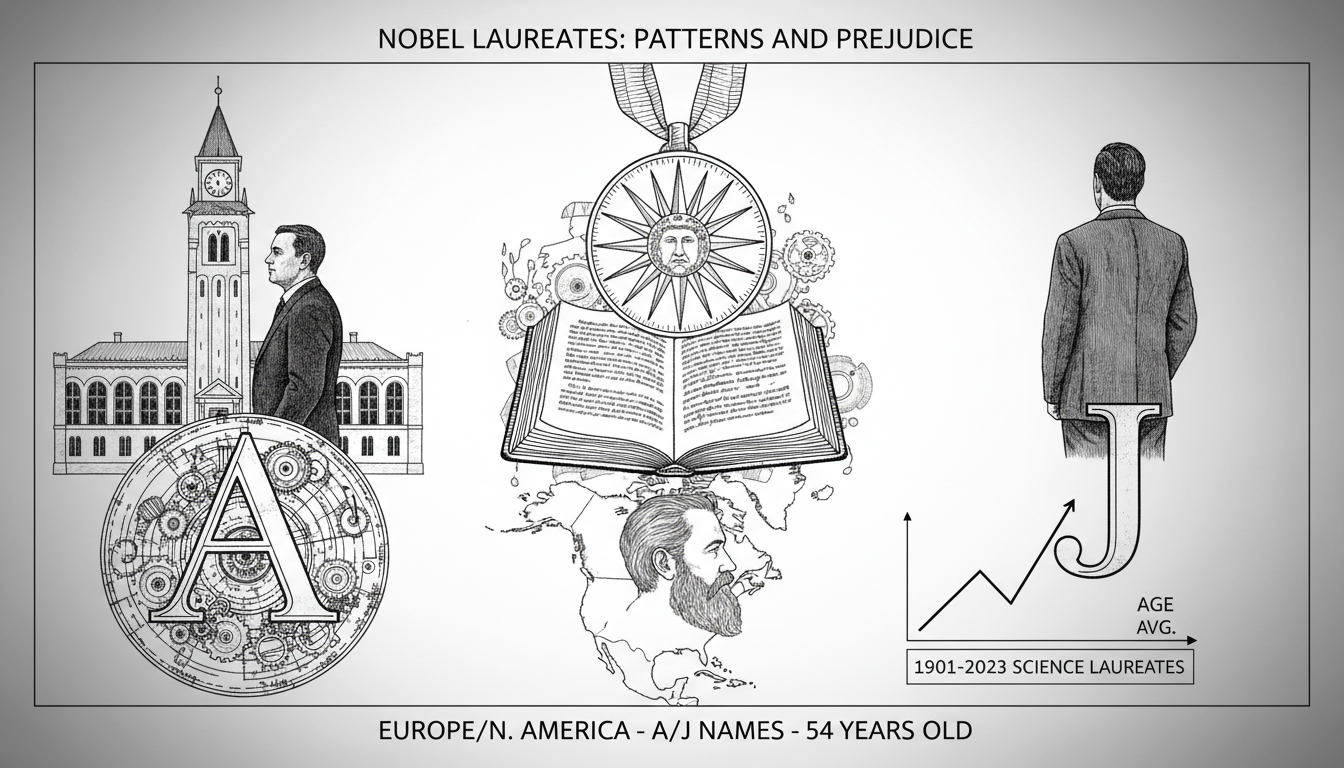Nobel Prize Winners Share Common Background Traits
Historical data reveals Nobel Prize winners typically share common traits: they're often 54-year-old men from Europe or North America with names starting with A or J. The analysis covers all science winners from 1901-2023. While excellence remains key, the patterns suggest historical selection biases.

What does it take to win a Nobel Prize? You need outstanding research skills. But historical data shows some patterns among winners. A new analysis reveals the most common traits of Nobel laureates. The journal Nature studied all prize winners from 1901 to 2023. They examined winners in medicine, physiology, chemistry and physics. Most winners share several characteristics. They are typically men around 54 years old. Most come from Europe or North America. Another interesting pattern involves their names. Winners often have names starting with A or J. The research covers 122 years of Nobel history. Nobel Week begins soon in Stockholm. The annual event celebrates scientific achievements worldwide. Many wonder if the prize selection process favors certain backgrounds. The data suggests historical imbalances exist. Selection committees now work to recognize diverse talent. They seek groundbreaking work from all regions and genders. The Nobel Prize remains one of the world's most prestigious awards. Winners receive international recognition for their contributions. The prize includes a medal, diploma and cash award. Alfred Nobel established the prizes in his 1895 will. He wanted to honor those who confer the greatest benefit to humankind.